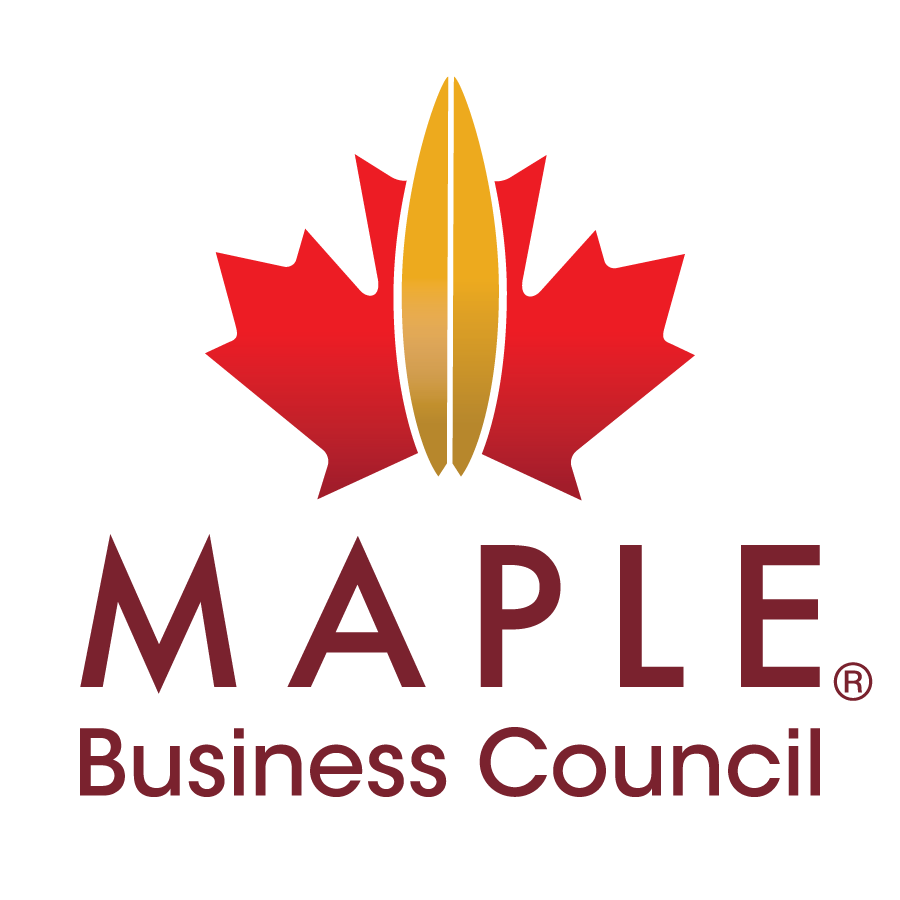Clearing the Northern Lights Haze - The Canadian Medical and Adults Use Cannabis Markets
As of June 30, 2017, there were 201,398 Canadians registered to purchase cannabis from licensed producers and 6,880 registered to grow for personal use in the federal regulations that support the Canadian medical cannabis market.1 Canadian licensed producers are large-scale indoor or greenhouse grows, some with hundreds of thousands of square feet of canopy. At market close on November 14, 2017, two publicly-traded companies that own licensed producers as primary assets had market capitalization values exceeding two billion dollars (CAD), and another two are between one and two billion. Each was listed on the Toronto Stock Exchange, Canada’s senior stock exchange, each also holds international cannabis assets – chiefly in Germany and Australia. Cannabis is a big business in Canada and Canadian expertise is gaining global traction.
Medical cannabis has been legal and federally regulated in Canada for over sixteen years, through three major legislative updates. Canadian law is about to change again. The Government of Canada has committed todescheduling cannabis from the Controlled Drugs and Substances Act, and regulating cannabis for adult use under new legislation called the Cannabis Act. Canada will be the first G20 nation to step away from cannabis prohibition and toward regulation, with the twin goals of protecting youth and eliminating a key source of revenue for organized crime. The timeline leaves about seven months before the Cannabis Act becomes law, which will create a regulated adult use market for cannabis in Canada.
In California, medical cannabis use has been legal since 1996. In November of 2016, Proposition 64, the Adult Use Marijuana Act, was passed at the State level. In July of 2017, California merged the medical and adult use cannabis requirements, resulting in the Medical and Adult-Use Cannabis Regulation and Safety Act. Counties and municipalities are now drafting regulations with respect to the taxation, production, retail sale and public use of cannabis. By January 1, 2018 many of these regulations will be in place and may differ from city to city.
California’s current medical cannabis market is based primarily on storefronts and delivery services. A wide variety of products are available on dispensary shelves, primarily dried flower (including pre-rolls), infused foods and beverages, concentrates (including in cartridges or disposable pens), topicals, tinctures, capsules, lozenges, and other formulations and dosages forms. Whether purchased for medical purposes or otherwise, federal illegality keeps all cannabis within California. Federal illegality prevents applying trademarks to cannabis itself, complicating building a cannabis brand and leaving most industry participants with the state trademark system. Federal illegality also complicates enforcement, but not issuance, of patents protecting cannabis innovations.
Canada’s current medical cannabis system under the Access to Cannabis for Medical Purposes Regulations (the “ACMPR”) is nearly an inversion of California’s medical system. All purchases are by mail or bonded courier delivery. As of November 14, 2017,2 there were 73 issued licenses for production, sale or both. The ACMPR currently offers only two products for immediate consumption – dried flower and cannabis oil. Canadian cannabis oil is liquid food oil infused with cannabis extract, similar to edibles without the food matrix or topical without creams or thickeners, and is not to be confused with vaporizable concentrates. Both products are manufactured to strict production standards that are uniform across Canada. A handful of licensed producers manufacture above the requirements of the ACMPR and to a Good Manufacturing Practices (“GMP”) standard. Canadian GMP cannabis products have already been exported for distribution from pharmacies in Germany.
The Cannabis Act also allows provincial regulation of distribution and storefront sales (adult use or medical). Distribution will be operated by provincial monopolies in Ontario and New Brunswick. Alberta and Manitoba have decided on private storefront sales. The remaining provinces have not committed to either approach. The Canadian adult use market will begin with the same two products available in the current medical market, the Cannabis Act provides for product expansion in the future. The next categories expected to be regulated are solids containing cannabis, non-solids containing cannabis, solid concentrates, and non-solid concentrates. Cannabis brand owners can register their trademarks nationally in association with the cannabis products that are currently regulated for sale. Trademarking strategies may be directed to including new product categories as federal regulations under the Cannabis Act open new product categories.
Canada’s stringent regulations on quality and production, coupled with federal legality, mean that Canada is well-positioned to export talent, technology and the products themselves internationally. Learning from California, Colorado, Nevada, Washington State and other states to improve product diversity and introduce storefronts, while maintaining stringent and consistent quality controls, has positioned Canada as a world-leader in the cannabis industry.
1https://www.canada.ca/en/health-canada/services/drugs-health-products/medical-use-marijuana/licensed- producers/market-data.html
2https://www.canada.ca/en/health-canada/services/drugs-health-products/medical-use-marijuana/licensed- producers/authorized-licensed-producers-medical-purposes.html

